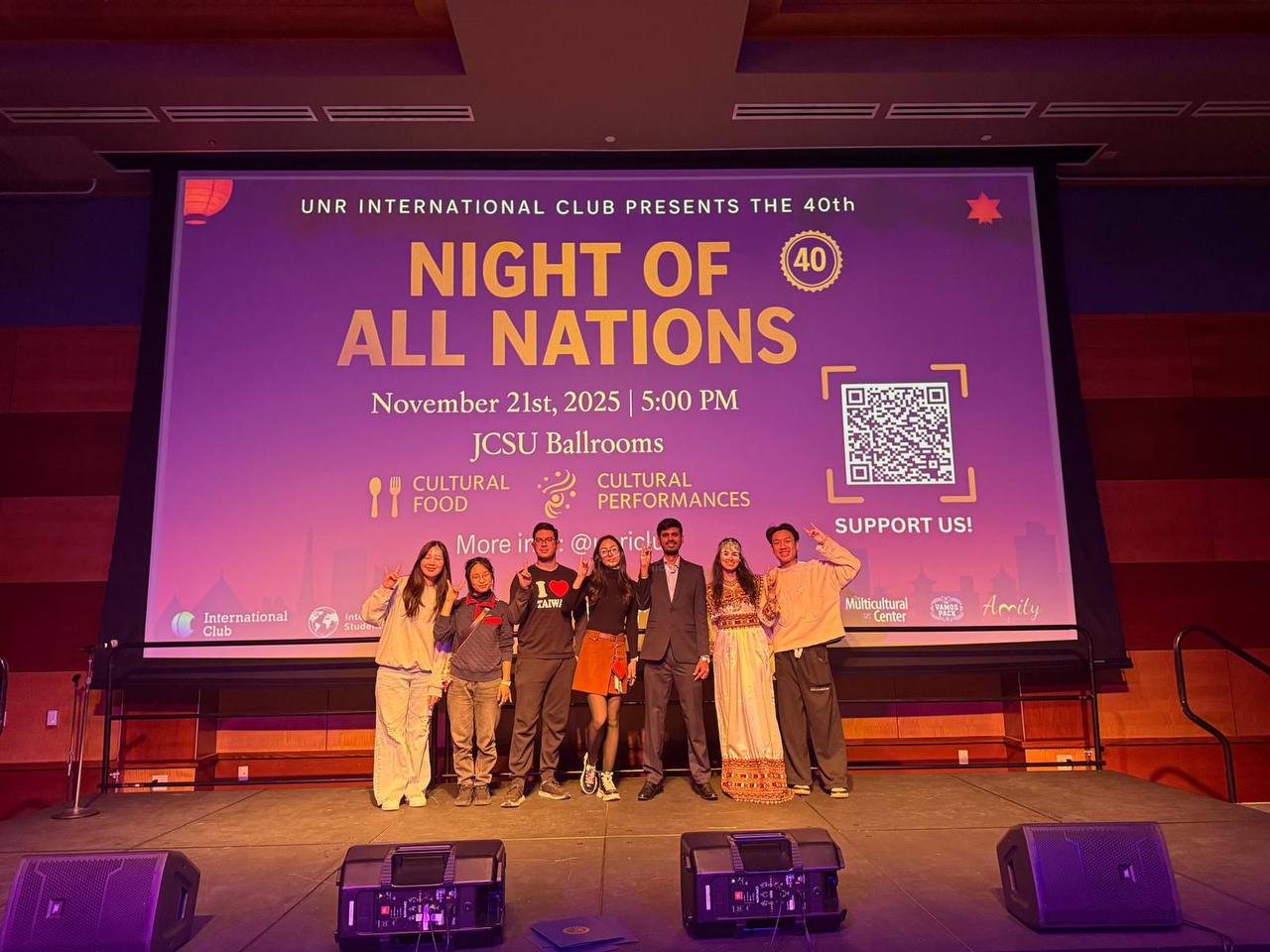Editor's note: In a previous version of this article, an image was included of Indigenous peoples’ jawbones and teeth. Publishing this image was an insensitive and grievous mistake. We would like to acknowledge and apologize for any harm it may have caused. Upon being brought to our attention, the article was immediately pulled from the site and the image was removed from this iteration. We are currently working on language to add to our publishing guidelines and trainings with our faculty and editorial team to prevent something like this from happening again. We understand that these measures do not undo the damage done. We will do better.
Foundation Professor of Anthropology at the University of Nevada, Reno, G. Richard Scott, recently published a study where he and a team of experts from across the globe analyzed a large dental morphological database to evaluate the possible relationship between Native Americans and the Jomon people of Japan. This study was just published in the journal Paleoamerica under the title of “Peopling the Americas: Not ‘Out of Japan.” Scott’s research employed a new method of ancestry assessment using tooth crown and root morphology to evaluate over 1,500 dentitions from the Americas, Asia and the Pacific. This application, called rASUDAS2, found the Jomon and Ainu were primarily of Austral-Melanesian and Northeast Siberian descent. Only seven percent of the total Jomon and Ainu samples could be linked to non-Arctic Native Americans, considered the First Peoples.
Archaeologists have observed similarities between Jomon stone artifacts and those found in western North America with some going so far as suggesting earlier Japanese populations were ancestral to Native Americans. The second part of their theory, that Native Americans came to the Americas by way of maritime migration down the Pacific coastline, is not disputed in this paper. It does, however, counter arguments that Native Americans originated from the Jomon – an early hunter-gatherer population in Japan, best known for their very early development of pottery.
“[The Jomon are] dentally very different from any Native Americans,” G. Richard Scott, foundation professor of anthropology in the College of Liberal Arts said.
“These people did not come from Japan – but further north where they were sculpted by the last glacial maximum,” Scott said.
Scott also noted that the teeth of the aboriginal Japanese populations show a significant Austral-Melanesia presence. There was slight affinity of the Jomon/Ainu to East Asians but almost no similarity to the dentitions of Native Americans.
This research coincides with a recent study published in Science magazine. In this research, human footprints were discovered at an archaeological site in New Mexico that dates to the Last Glacial Maxima, around 27,000 years ago. This is now considered to the be the earliest and best documented site in North America to date.
These data, along with Scott’s research, suggests that ancient Native Americans must have traveled va water transport along the coast.
Although, he agrees that it’s not hard to envision people traveling up from Japan and down the Pacific coast, studies of ancient DNA point to an origin closer to Siberia.
There is evidence that supports a Beringian-standstill because a site on the Yana River in Sakha, Russia dates to around 30,000-40,000-years-old. The ancestors of Native Americans may have been isolated in Beringia for many millennia before the coastal glaciers and ice sheets of North America diminished enough to allow for a coastal passage.
“If people were here that early then it must have been a small group that left almost no ancestors,” Scott said.
Scott is quick to point out that the research published on the archaeological site in New Mexico has nothing to do with population origins, only the timing of entry into the New World. His jointly authored study uses dental, genetic and craniometric data to address the question of biological relationships with Asian and Pacific populations.
“We’re using biological evidence to say that it’s highly unlikely that they came out of Japan.”
“I knew long ago that Jomon teeth were nothing like those of Native Americans – I’ve analyzed a lot of dental data from Native Circumpolar and North American populations and there is no similarity,” Scott said.
Scott has plans to continue working with colleague and Associate Professor of Anthropology, Marin Pilloud on a National Institute of Justice grant to fine tune the rASUDAS2 application. One goal is to describe and include more traits in the application that have a high frequency in Africa. He said most of the data available for the rASUDAS application has a focus on Asia. He has already noted there is hardly any root fusion in dental remains from Africa, but there is a lot in Asia. He added, “Roots are a powerful tool.”















